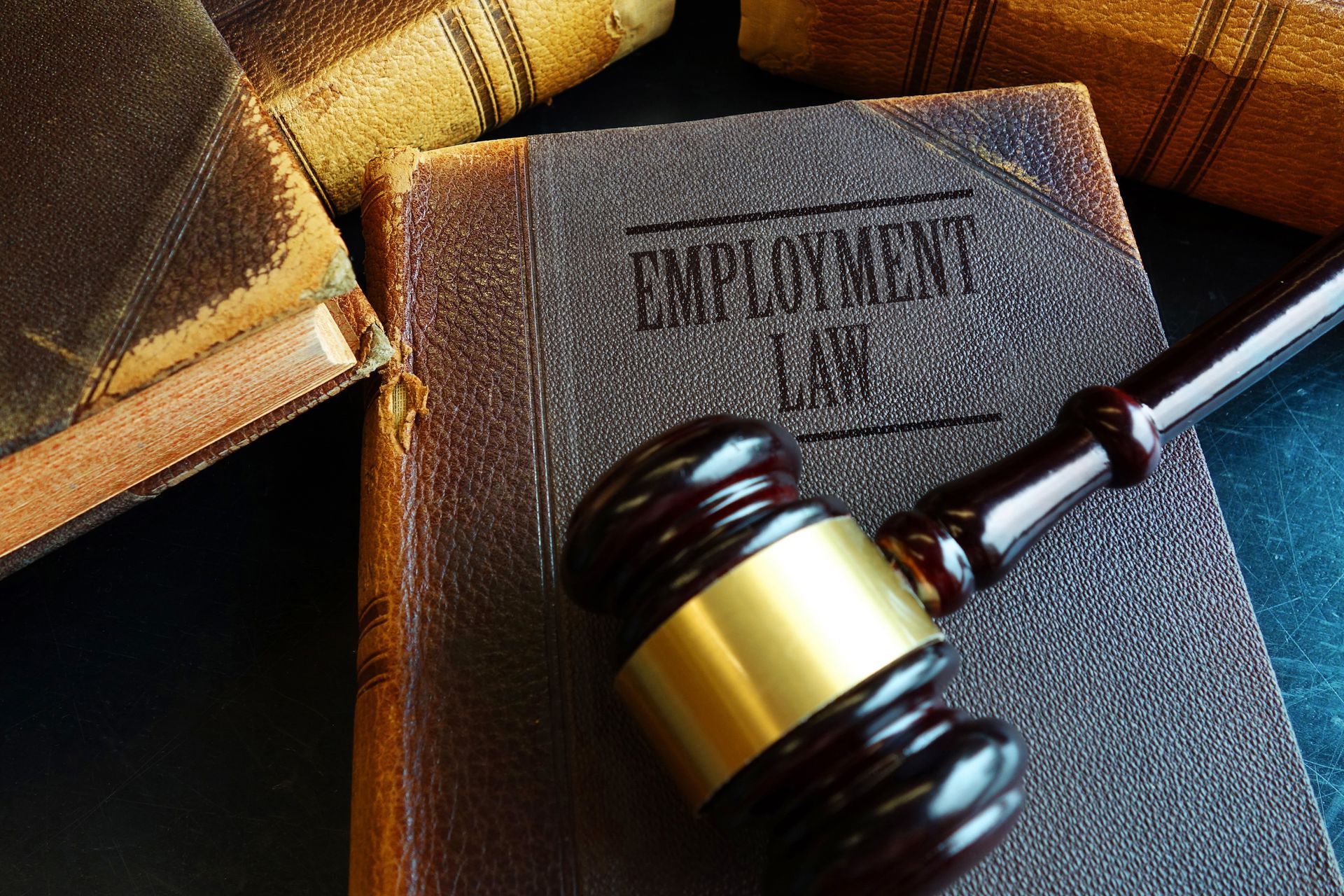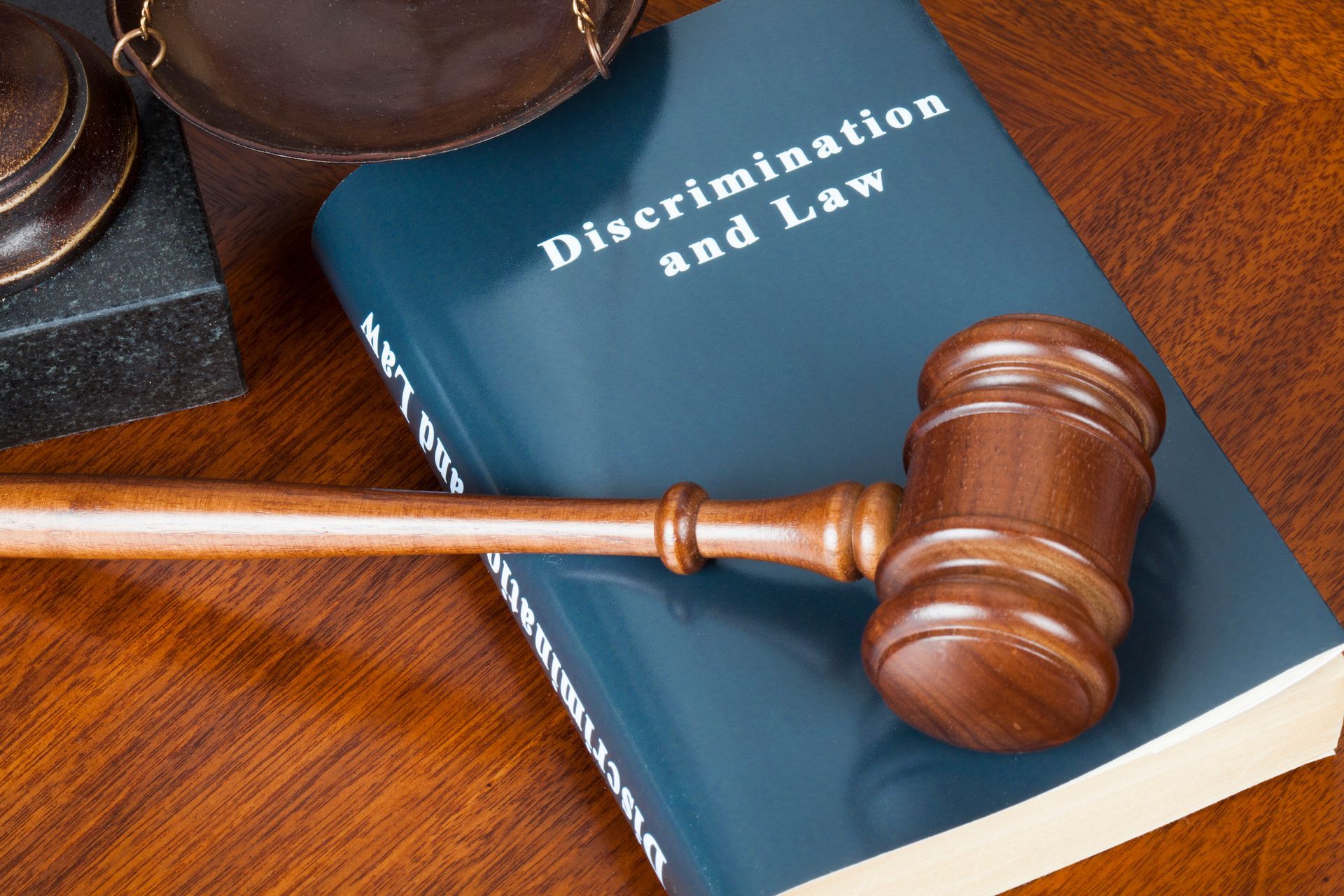Constructive Dismissal and Wrongful Termination

Constructive discharge, also known as constructive dismissal, occurs when an employee resigns due to a hostile work environment created by the employer. This situation can lead to wrongful termination, harassment, or discharge claims by the employee, potentially resulting in compensation.
Here is what you need to know about constructive dismissal.
What Is Constructive Discharge?
Constructive discharge is a legal concept that arises in employment law when an employee resigns from their job due to intolerable working conditions created by the employer. It represents a situation where the resignation, while technically voluntary, is treated as involuntary under the law.
The core idea behind constructive discharge is that the employer has created such a hostile, unbearable, or coercive work environment that it effectively forces the employee to quit. The specific criteria for what constitutes a constructive discharge can vary from state to state in the United States.
What Are the Elements of Constructive Discharge?
For an employee to have a valid claim for wrongful constructive discharge, several elements typically need to be met.
Intolerable Working Conditions
The employee must prove that the working environment was so hostile that a reasonable person in the same situation would have been forced to quit. These conditions can vary but must include harassment based on one’s race, sex, religion, national origin, and/or disability; discrimination based on those same protected classes, unsafe working conditions, or other forms of mistreatment.
Employer's Conduct
The intolerable working conditions must be a result of the employer's actions or omissions. This can include actions such as harassment or discrimination, as well as more general failures by the employer to address problems in the workplace.
No Reasonable Alternative
The employee must show that they had no reasonable alternative but to resign. This means that they attempted to address the issues through internal channels (if available – usually a discrimination/EEO policy). Failure to follow internal channels or policies reporting discrimination can be detrimental to your case – so read and follow the policy and then create a paper trail to put the employer on notice. (Emails are great! Courtesy copy management to let them know you are complaining about discrimination based on one’s race, sex, religion, national origin, and/or disability!).
Unlawful Conduct or Breach of Contract
In many cases, constructive discharge claims hinge on whether the employer's actions constituted unlawful conduct. If the employer's behavior violates federal or state employment laws or breaches contractual agreements, it can strengthen the employee's claim.
If an employee can establish these elements, they may have a valid claim for wrongful constructive discharge. Potential remedies for constructive discharge claims can include compensation for lost wages, benefits, and other damages resulting from the resignation.
How Do You Prove Constructive Discharge?
The burden of proof rests with the party making the claim, which in this case would be the employee. The employee must demonstrate that they experienced mistreatment or harassment in the workplace based on one’s race, sex, religion, national origin, and/or disability. This could include various forms of mistreatment, such as discrimination, harassment, retaliation, or other unfair treatment.
The employee typically needs to show that the employer was aware of or should have been aware of the mistreatment. This may involve providing evidence of complaints made to the employer or a pattern of behavior that the employer should have noticed.
The employee should also demonstrate that the employer failed to take adequate steps to address and remedy the hostile nature of the workplace after becoming aware of the issue. This could involve the employer not conducting a proper investigation or not implementing corrective actions.
Additionally, the employee needs to establish that they resigned from their position because of the hostile work environment based on their race, sex, religion, national origin, and/or disability. This may involve providing evidence of their resignation letter, communications about their reasons for leaving, or other documentation. This complex legal determination can often involve expert testimony and legal arguments.
Allen D. Arnold Attorney at Law focuses his practice on representing employees in various disputes with their employers. With his aggressive representation, he fights for your rights and offers peace of mind through his experience and expertise in achieving results. Contact us today for consultation.
Alabama Rules of Professional Conduct Notice: No Representation is made that the quality of legal services offered is greater than that of other lawyers. The information contained on this website is not a substitute for legal advice, and reading it does not create an attorney-client relationship.









